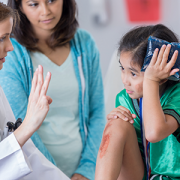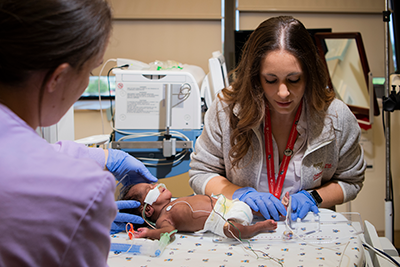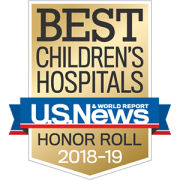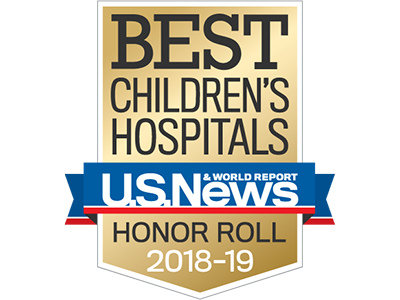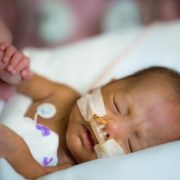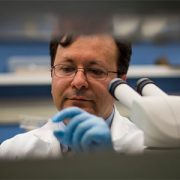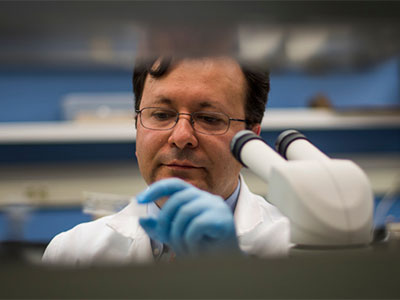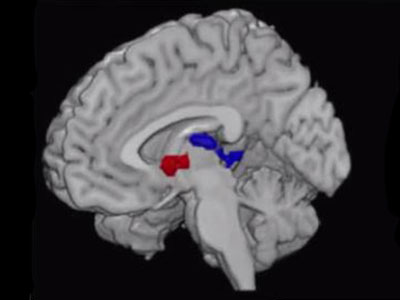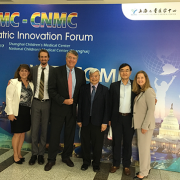A rare prescription: Providing children with palliative care

A pilot program at Children’s National enabled parents of children with extremely rare diseases to receive in-person or virtual health consultations with a trained provider.
Pediatric advance care planning (pACP) and making complex medical decisions is especially difficult for parents of children with extremely rare diseases. Imagine if your child is the only person in the world with a rare disease that may limit basic functions: eating, breathing, walking and talking. Now, imagine you are presented with two scenarios: Experiment with a new drug to see if it improves your child’s conditions or plan for near-future, end-of-life care.
While these types of difficult decisions for parents of children with rare diseases are common, a new counseling model, based on a four-session pilot program conducted at Children’s National, aims to ease this process by providing parents with a comprehensive support plan.
On Oct. 15 and 16, Maureen Lyon, Ph.D., a clinical psychologist at Children’s National and a professor of pediatrics at the George Washington University School of Medicine and Health Sciences, will present “Living on the Precipice: The Journey of Children with Rare Diseases and Their Families” at a poster session at the National Organization for Rare Disorders’ Rare Disease and Orphan Products Breakthrough Summit at the Marriott Wardman Park in Washington.
Dr. Lyon will highlight key take-home points she observed during the pilot program:
- Background: Eight families were recruited for the pilot program and seven enrolled. Six completed the four-session program, which was spread out over two months.
- All parents were mothers, but two fathers joined for the goal-planning care conversation sessions. Some families brought their children to visits.
- Five parents were married and two were single.
- Four families identified as Caucasian, three families identified as African American, and one family identified as American Indian or Alaska Native.
- Visits: About half of the families – three – attended the sessions at Children’s National. Four used the telemedicine option. A research nurse, clinical psychologist and advanced practice nurse participated in the 60- to 90-minute sessions.
- Plans: The families discussed basic palliative care needs, such as comprehensive care coordination, which is highly individualized, before discussing their goals of care. After their needs and goals were discussed, the families created advance care plans to guide them during a medical crisis.
- Results: Out of the six parents who completed the study, the mean positive caregiver appraisal score increased from 4.5. To 4.7, mean family well-being increased from 3.9 to 4.1, and the mean score for meaning and peace increased from 21.4 to 23.3. The scores were calculated by using the Carer Support Needs Assessment Tool (CSNAT) during the assessment and with modified protocols to assess quality of life and caregiver appraisal after the intervention.

“The goal of palliative care is to optimize quality of life for children with life-threatening illnesses and their families by anticipating, preventing and treating suffering in all its forms,” explains Maureen Lyon, Ph.D. “This is delivered throughout illness and addresses physical, intellectual, emotional, social and spiritual needs.”
“These sessions increased a family’s sense of overall well-being,” says Jessica Thompkins, B.S.N., R.N., C.P.N., a research nurse coordinator with the FAmily CEntered Advanced Care Planning Team (FACE) and a co-author of the poster. “The families felt better just by knowing that they had time scheduled each week to connect with a trained medical provider to discuss a range for options they need as a caregiver, from everyday care at home to long-term health care planning at the hospital.”
The top-rated support need identified by all parents, according to the survey: “Knowing what to expect in the future when caring for their children.”
“The goal of palliative care is to optimize quality of life for children with life-threatening illnesses and their families by anticipating, preventing and treating suffering in all its forms,” says Dr. Lyon. “This is delivered throughout illness and addresses physical, intellectual, emotional, social and spiritual needs.”
The researchers would like to use this pilot to partner with other medical centers to create an evidence-based template to support the palliative care needs of family caregivers who have children with life-limiting rare diseases. Their goal is to improve a family caregiver’s quality of life, over time, and increase the completion and documentation of advance care plans for children of all ethnic and racial groups.
Rare diseases are defined as a disease that affects fewer than 200,000 people in the U.S. Extremely rare diseases, including those observed in this pilot, may affect just one or a few people in the world.
The rare disease pilot program is based on previous pACP models with adolescent HIV and pediatric cancer populations.
Additional poster authors include Jichuan Wang, Ph.D., Karen Fratantoni, M.D., M.P.H., Kate Detwiler, Ph.D., Yao Cheng, M.S., and Marshall Summar, M.D.





